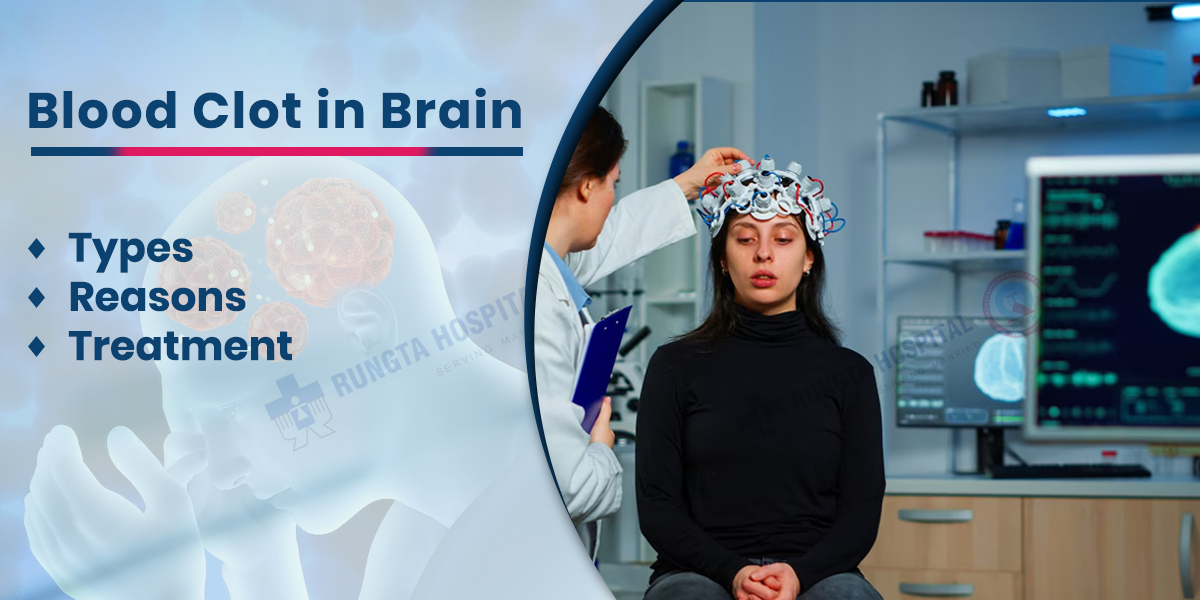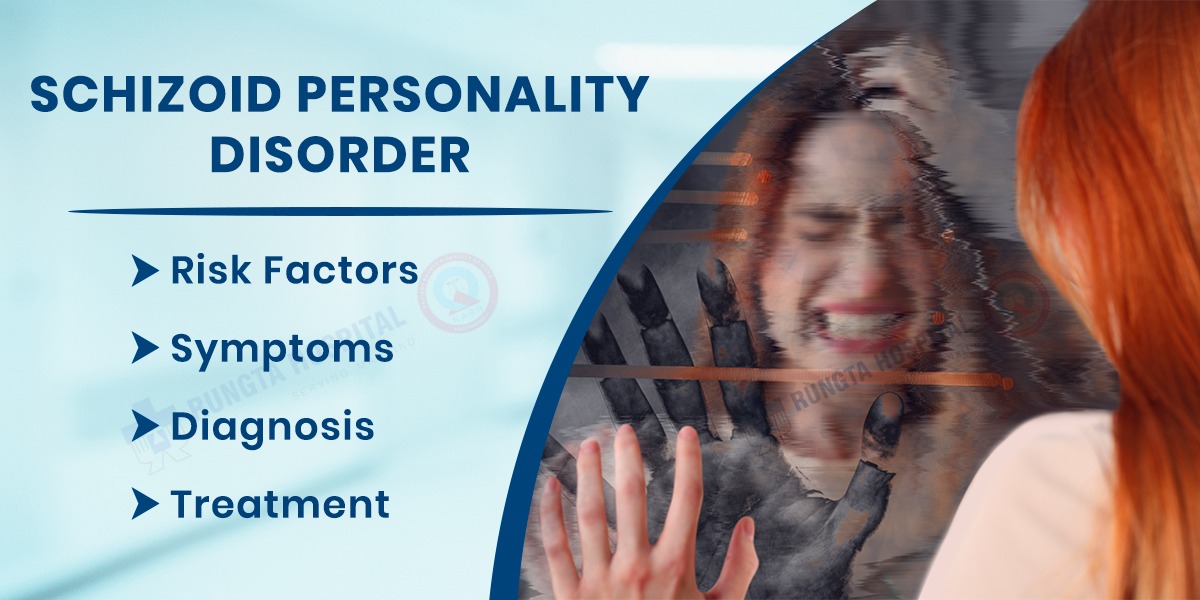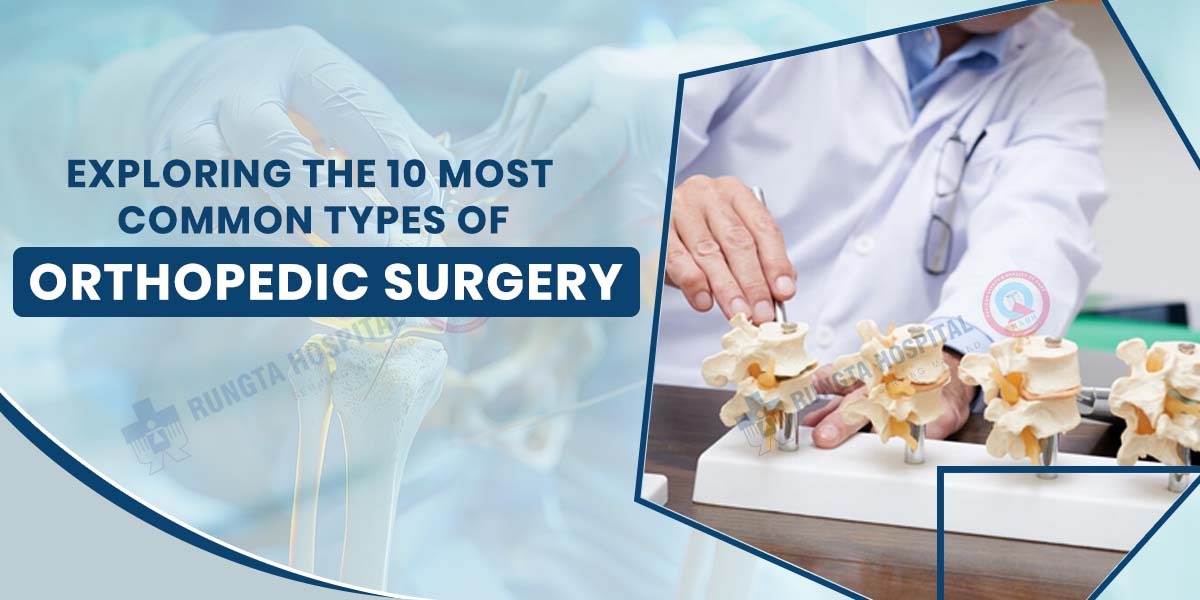
Book An Appointment
Introduction
Schizoid Personality Disorder (SPD) is a mental health condition characterized by a persistent pattern of social detachment, limited emotional expression, and a preference for solitary activities. Individuals with schizoid personality disorder often appear indifferent to social relationships and may have difficulty forming and maintaining connections with others. This disorder is part of the cluster A personality disorders in the Diagnostic and Statistical Manual of Mental Disorders (DSM-5). In this discussion, we will explore all aspects of Schizoid Personality Disorder, from its symptoms and causes to diagnosis, risk factors, treatment options, and preventive measures.
Symptoms of Schizoid Personality Disorder
Schizoid Personality Disorder (SPD) is characterized by a set of enduring and pervasive symptoms that affect an individual’s social and emotional functioning. The symptoms typically become evident in early adulthood and are stable over time. Some key symptoms of Schizoid Personality Disorder include:
Social Detachment: Individuals with SPD often exhibit a marked lack of interest in forming close relationships. They may prefer to be alone and may not derive pleasure from social interactions.
Limited Emotional Expression: Emotional expression is notably restricted, and individuals with SPD may have difficulty conveying a broad range of emotions. They often appear emotionally detached, even in situations that typically elicit strong feelings.
Preference for Solitary Activities: There is a consistent preference for solitary activities and a lack of interest in participating in group or social events. Individuals with SPD may choose hobbies or pursuits that can be done alone.
Indifference to Praise or Criticism: Those with SPD may seem indifferent to both positive and negative feedback. They often do not seek approval or recognition from others and may appear unmoved by compliments or criticism.
Limited Desire for Sexual Relationships: While not universally present, individuals with SPD may show a reduced interest in sexual relationships or may engage in sexual activities infrequently, even if they desire close emotional connections.
Difficulty Forming Close Relationships: Establishing and maintaining close relationships is challenging for individuals with SPD. They may have few, if any, close friends and may not feel a strong desire for social connection.
Preoccupation with Fantasy or Inner Thoughts: Some individuals with SPD may engage in extensive daydreaming or have a rich inner fantasy life. This internal focus may serve as a substitute for the lack of interest in external social interactions.
Aloofness and Coldness: Individuals with SPD may come across as aloof or emotionally distant. They may not respond appropriately to social cues and may seem uninterested in the emotions or concerns of others.
Causes of Schizoid Personality Disorder
The exact causes of Schizoid Personality Disorder (SPD) are not fully understood, and like many mental health conditions, it is likely to result from a combination of genetic, environmental, and temperamental factors. Here are some potential contributors to the development of Schizoid Personality Disorder:
Genetic Factors: There is evidence to suggest a genetic predisposition to personality disorders, including SPD. Individuals with a family history of personality disorders may be at an increased risk of developing schizoid traits.
Environmental Factors: Childhood experiences play a significant role in the development of personality disorders. Emotional neglect, lack of positive social interactions, or growing up in an environment where emotional expression is limited can contribute to the development of SPD.
Temperamental Factors: Certain temperamental traits may increase vulnerability to schizoid personality traits. For example, individuals who are naturally more introverted, aloof, or prefer solitude may be more susceptible to developing schizoid characteristics.
Neurobiological Factors: Abnormalities in brain structure or function may play a role in personality disorders, including SPD. Research suggests that differences in the functioning of brain areas related to emotional processing and social interaction may contribute to the development of schizoid traits.
Social and Cultural Factors: Social and cultural factors can shape personality development. Cultural norms and expectations regarding emotional expression and social interactions may influence the manifestation of schizoid traits.
Diagnosis of Schizoid Personality Disorder
The diagnosis of Schizoid Personality Disorder (SPD) involves a comprehensive evaluation conducted by mental health professionals, typically psychiatrists, psychologists, or other qualified clinicians. Here are key aspects of the diagnostic process for Schizoid Personality Disorder:
Clinical Assessment: Mental health professionals conduct clinical interviews to assess the individual’s current symptoms, behavior, and subjective experiences. They may inquire about the individual’s social relationships, emotional expression, and overall functioning.
Diagnostic Criteria: The DSM-5 outlines specific criteria that must be met for a diagnosis of Schizoid Personality Disorder. These criteria include pervasive patterns of social detachment, restricted emotional expression, and a preference for solitary activities. The symptoms should be stable and enduring over time.
Rule Out Other Disorders: It’s crucial to rule out other mental health disorders that may share similar symptoms. This process helps ensure an accurate diagnosis and appropriate treatment. Conditions such as social anxiety disorder or avoidant personality disorder may present with overlapping features but have distinct diagnostic criteria.
Clinical Observation: Clinicians observe the individual’s behavior and interactions during the assessment. Patterns of social withdrawal, limited emotional expression, and a preference for solitude are key observations that contribute to the diagnosis.
Collateral Information: Information from collateral sources, such as family members, close friends, or previous treatment providers, may be sought to gain a more comprehensive understanding of the individual’s behavior and functioning.
Duration and Stability of Symptoms: SPD is characterized by persistent and stable patterns of behavior. The symptoms should be present for an extended period, typically since early adulthood, and not be attributed to transient stressors or other mental health conditions.
Functional Impairment: The clinician assesses whether the symptoms of SPD significantly impact the individual’s social, occupational, or other areas of functioning. The degree of impairment helps determine the severity of the disorder.
Cultural Considerations: Clinicians take cultural factors into account during the assessment, considering that social norms and expectations regarding emotional expression and social interactions can vary across different cultures.
Risk Factors of Schizoid Personality Disorder
Here are some key risk factors associated with Schizoid Personality Disorder:
Family History: A family history of personality disorders, including SPD, may increase the risk for an individual. Genetic factors and shared familial environments could contribute to the development of schizoid traits.
Genetic Predisposition: Genetic factors play a role in personality development, and there is evidence suggesting a hereditary component to personality disorders. Individuals with close relatives who have SPD may have a higher risk.
Temperamental Traits: Certain temperamental traits, such as introversion and emotional aloofness, may contribute to the development of schizoid personality traits. These characteristics may be present from an early age.
Childhood Experiences: Adverse childhood experiences, such as emotional neglect, a lack of positive social interactions, or an absence of emotional warmth from caregivers, can increase the risk of developing SPD. Early attachment patterns and the quality of relationships during formative years are significant factors.
Neurobiological Factors: Abnormalities in brain structure or function, particularly in areas related to emotional processing and social interaction, may contribute to the risk of developing personality disorders, including SPD.
Social Isolation: Individuals who experience social isolation or have limited exposure to positive social interactions during critical developmental stages may be at an increased risk of developing schizoid traits.
Cultural and Social Factors: Cultural norms and societal expectations regarding emotional expression and social interactions can influence the development of personality traits. Individuals in cultures that emphasize emotional restraint may be more susceptible to developing schizoid characteristics.
Personality Development: The process of personality development, influenced by a complex interplay of genetic and environmental factors, may contribute to the manifestation of schizoid traits. Factors that hinder the development of social skills and emotional expression could increase the risk.
Gender: While SPD can occur in both genders, some studies suggest a higher prevalence in males. Gender-related factors, including societal expectations and cultural norms, may contribute to the expression of schizoid traits.
Treatment of Schizoid Personality Disorder
While there is no specific medication specifically approved for treating SPD, certain medications may be prescribed to address co-occurring symptoms, such as depression or anxiety. Here are the key components of the treatment for Schizoid Personality Disorder:
Psychotherapy: One-on-one therapy, such as psychodynamic therapy or cognitive-behavioral therapy (CBT), can be beneficial. Psychodynamic therapy explores underlying emotions and conflicts, while CBT focuses on changing patterns of thinking and behavior.
Group Therapy: While individuals with SPD may initially resist group settings, group therapy can provide a supportive environment to practice social skills and interact with others. It may also offer a sense of belonging and understanding.
Social Skills Training: Social skills training is designed to help individuals with SPD develop and enhance their interpersonal skills. This may include learning how to initiate and maintain conversations, interpret social cues, and navigate various social situations.
Cognitive-Behavioral Interventions: Cognitive-behavioral interventions aim to address and challenge negative thought patterns and behaviors associated with SPD. This may involve identifying and modifying distorted beliefs about oneself and others.
Mindfulness-Based Approaches: Mindfulness techniques, such as mindfulness meditation, can help individuals with SPD become more aware of their thoughts and emotions. Mindfulness practices may enhance emotional regulation and increase present-moment awareness.
Medication (Symptom Management): While there is no specific medication for treating SPD, medications may be prescribed to manage co-occurring symptoms such as depression or anxiety. Selective serotonin reuptake inhibitors (SSRIs) or other antidepressants may be considered, depending on individual needs.
Supportive Therapeutic Relationships: Establishing a positive and supportive therapeutic relationship is crucial in the treatment of SPD. Building trust and rapport with the individual can enhance their willingness to engage in therapy and explore their emotions.
Gradual Exposure: Gradual exposure to social situations may be incorporated into therapy to help individuals become more comfortable with social interactions. This may involve starting with less challenging scenarios and gradually progressing to more complex social environments.
Psychoeducation: Providing psychoeducation about Schizoid Personality Disorder, its symptoms, and treatment options is essential. Helping individuals understand the impact of SPD on their lives and relationships can foster insight and motivation for change.
Prevention of Schizoid Personality Disorder
Here are some strategies for the prevention of Schizoid Personality Disorder:
Early Intervention: Early identification of children who exhibit signs of social withdrawal, limited emotional expression, or difficulties in forming connections can be crucial. Early intervention services, including counseling and support for families, can help address potential challenges and promote healthy development.
Positive Parenting: Providing a nurturing and emotionally supportive environment during childhood is essential. Positive parenting practices, including emotional warmth, responsiveness to a child’s needs, and fostering secure attachments, can contribute to healthy emotional development.
Promoting Social Interaction: Encouraging positive social interactions and experiences during early childhood can help develop social skills and reduce the risk of social withdrawal. Activities that involve cooperation, play, and interaction with peers can be beneficial.
Creating a Supportive School Environment: Schools play a vital role in promoting social development. Creating a positive and inclusive school environment, fostering peer relationships, and implementing anti-bullying programs can contribute to healthy social interactions.
Mental Health Awareness: Raising awareness about mental health, including personality disorders, reduces stigma and encourages individuals to seek help when needed. This can contribute to early intervention and support for those at risk.
Building Resilience: Teaching coping skills and resilience-building strategies can help individuals navigate life’s challenges. Resilient individuals may be better equipped to cope with stressors and reduce the risk of developing personality disorders.
Encouraging Help-Seeking Behavior: Reducing the stigma associated with seeking mental health support is crucial. Promoting a culture that encourages open discussions about mental health and the importance of seeking help when needed can contribute to prevention.





